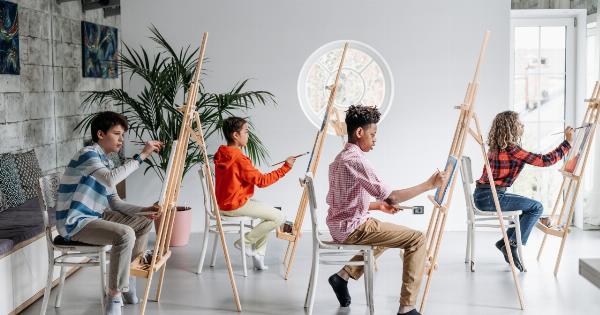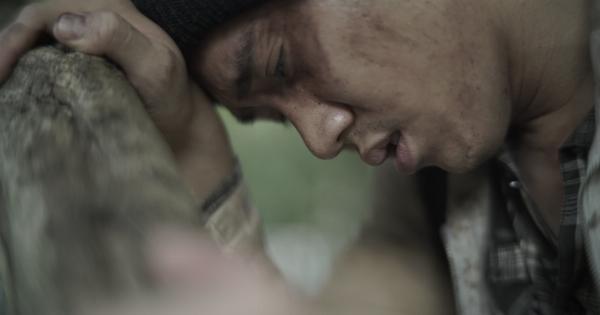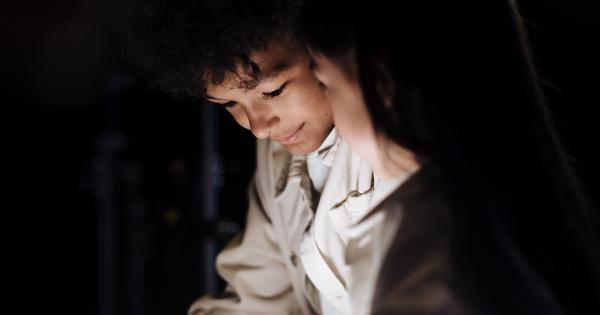Conflict, unfortunately, remains an ever-present aspect of the human experience. With countless conflicts unfolding globally, it becomes imperative to understand and shed light on the impact these devastating events have on the people involved.
While adults often resort to analysis and statistics to comprehend the ramifications of conflict, the unfiltered perspectives of young minds provide a raw, untamed reflection of its brutality. Through their creativity and unwavering imaginations, children and teenagers expose a side of war that the world often fails to acknowledge: its jarring effect on the innocent.
A Distorted Perception
When confronted with the harsh reality of conflict, young minds often struggle to comprehend the complexities and injustices that underpin it.
Their limited understanding and lack of life experience distort their perception, leading to an interpretation of brutality that both shocks and enlightens. In art, literature, and even play, these distorted views are laid bare for the world to see.
Artistic Expressions
Children, blessed with boundless creativity, use art as a medium to express their fears, hopes, and experiences amidst conflict. Through vibrant colors and bold strokes, their creations depict scenes of chaos and violence that leave viewers stunned.
The juxtaposition of innocence and atrocity within these drawings serves as a powerful reminder of the relentless impact conflict has on young lives. Such artistic expressions help bridge the gap between the harsh reality and the world’s perception, forcing society to confront the true cost of war.
Worlds Between the Pages
In the realm of literature, young authors grasp hold of the written word to transport readers to the front lines of battle. Stories penned by youthful imaginations encapsulate the themes of loss, heroism, and survival amidst unimaginable adversity.
These narratives, while fictional, are rooted in the emotional truth experienced by countless children caught in the crossfires of conflict. The authenticity of their voices serves as a poignant reminder of the pain, resilience, and resilience innate in youth.
The Power of Play
Play, an essential component of childhood, becomes both a refuge and a reflection of the brutality of conflict. In war-torn regions, children adapt their games to mimic the violence and chaos that dominates their surroundings.
Innocent playtime transforms into a stark reminder of the unrest plaguing their lives. This transformative power enlarges our understanding towards the profound impact conflict has on the psyche of young minds.
Trauma and Resilience
While the artistic expressions of young minds offer an unfiltered glimpse into the brutality of conflict, they also reveal the resilience and strength that can emerge from even the darkest of times.
Despite the unimaginable traumas they face, children and teenagers find solace in their creativity and the human spirit’s indomitable nature. These creations not only serve as a journey through the horrors of war but also as a testament to the remarkable ability of youth to adapt and heal.
Shaping Empathy and Understanding
When exposed to the vivid and unfiltered perspective of young minds, a profound shift occurs in our understanding of conflict. They challenge the jaded perception often associated with the brutality of war, forcing us to confront our own complacency.
Through their art, literature, and play, children and teenagers offer a stark reminder of the urgency to address the root causes of conflict and work towards a more peaceful future.
Global Responsibility
These youthful depictions of conflict serve as a call to action, urging the global community to take responsibility for its role in perpetuating violence.
The innocence shattered by war demands that adults mobilize and seek solutions to safeguard the future of generations to come. By listening to, supporting, and amplifying the voices of young minds, we can work towards a world where children are not burdened by the horrors of conflict but are instead empowered to shape a brighter future.






























